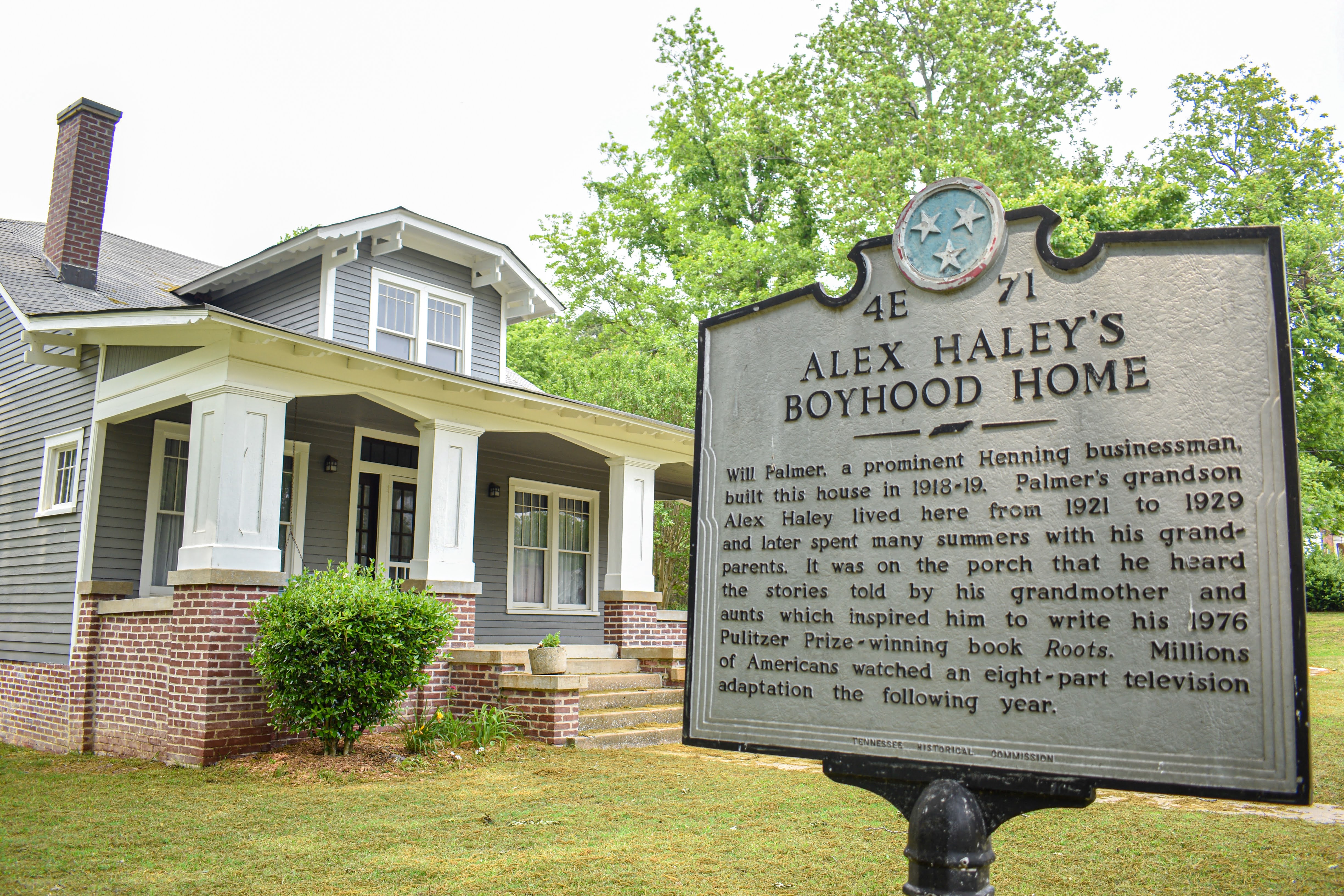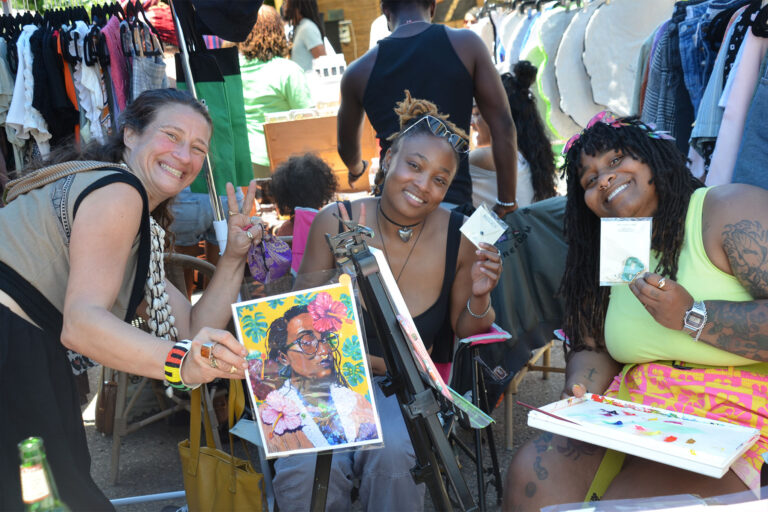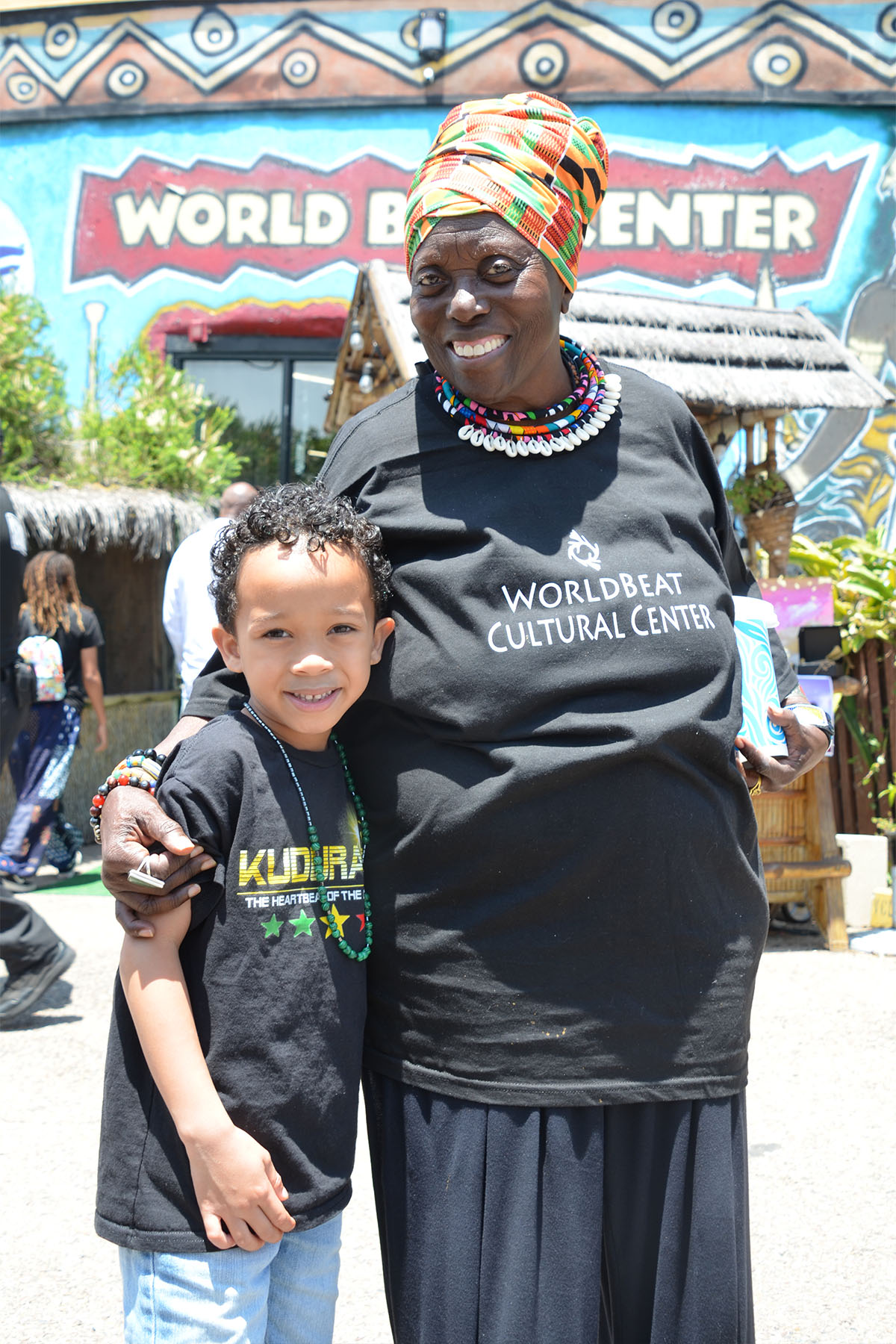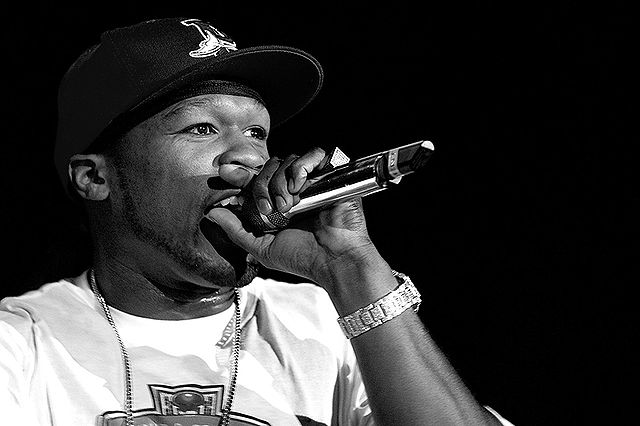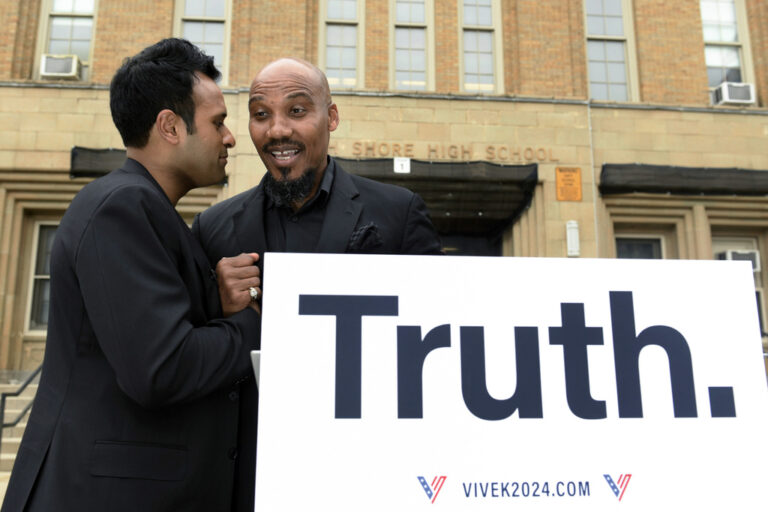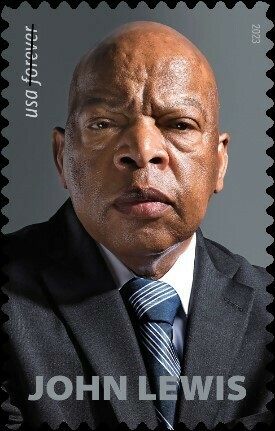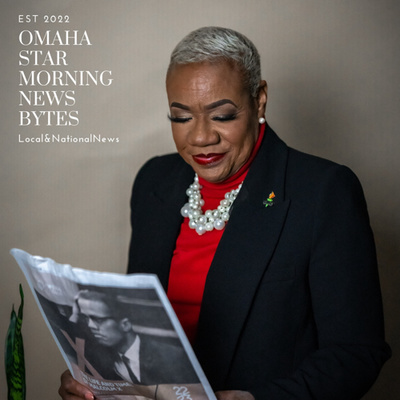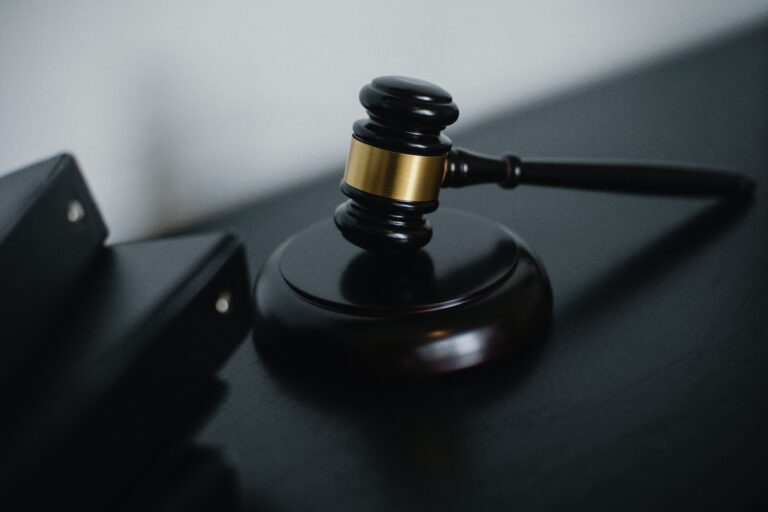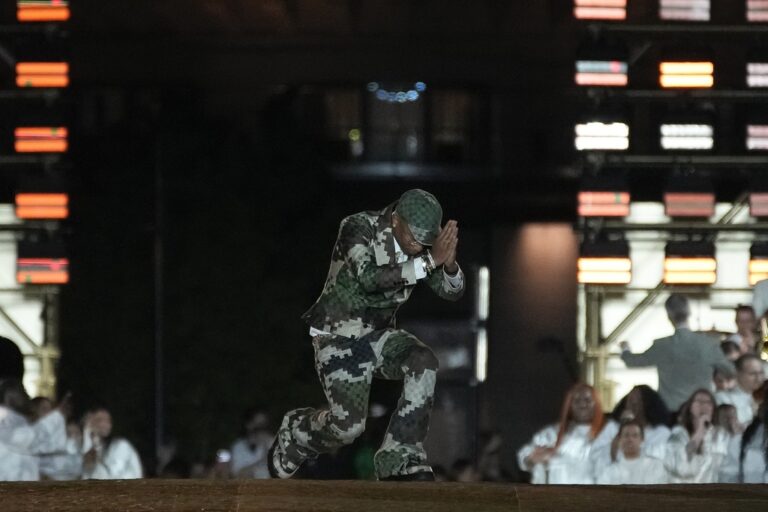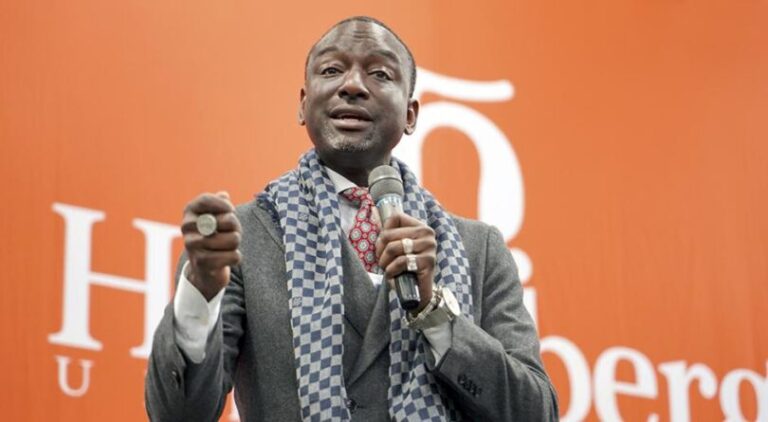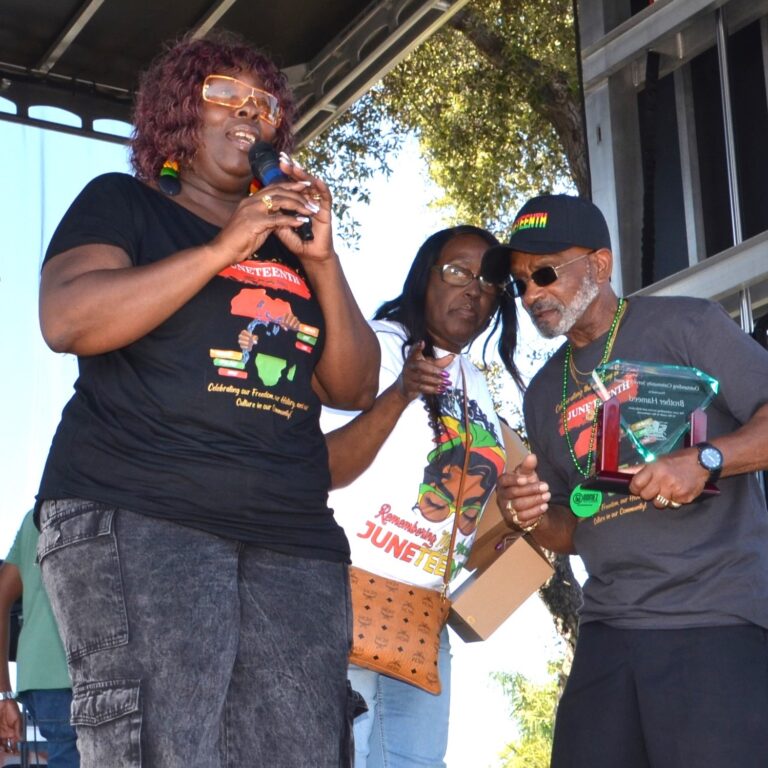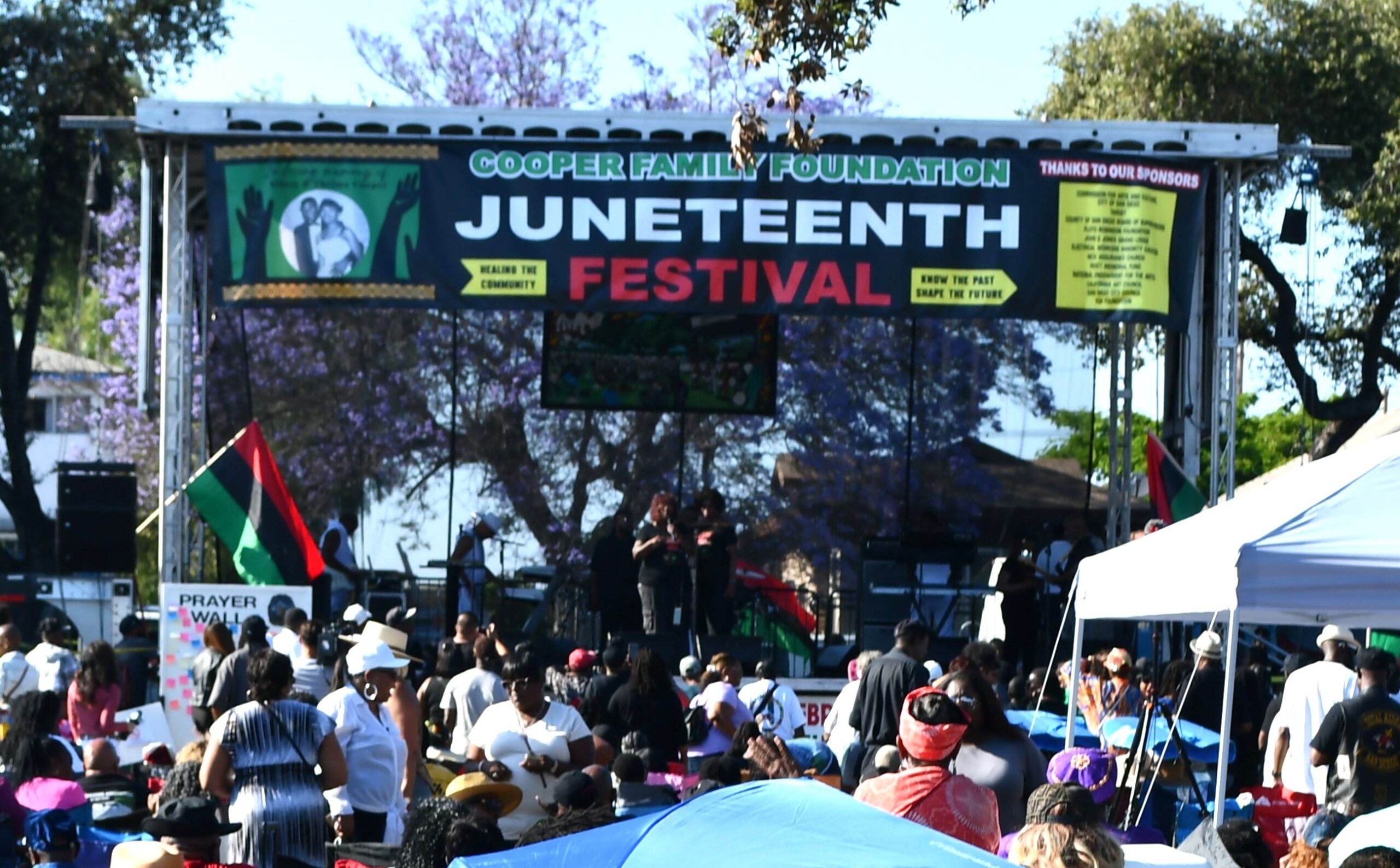PARIS (AP) — Unveiling a new chapter in its illustrious history, Louis Vuitton made an indelible mark on Paris Fashion Week’s men’s shows as they premiered the debut collection by musician-turned-designer Pharrell Williams.
Appointed in February to fill the immense shoes left by the death of Virgil Abloh, Williams unveiled his design prowess to the fashion world with a show that exuded confidence.
The breathtaking venue for this sartorial spectacle was Paris’ iconic Pont Neuf. The historic bridge, typically resplendent with time-worn stone, was transformed into a golden runway — a dramatic stage set against the backdrop of the shimmering Seine and under the starlit Parisian sky.
The Tuesday night event drew a constellation of stars in their own right. The stellar audience encompassed icons of music, sports and entertainment. Among the guests lining the gilded cobbles were music royalty Beyoncé and Jay-Z, NBA superstar LeBron James, new brand ambassador Zendaya and global pop phenomenon Rihanna.
Williams’ first show proved to be an ambitious endeavor, interweaving the luxury and sophistication of high fashion with the pulsating energy and broad appeal of pop culture and entertainment. The show was more than a runway presentation; it was an immersive experience that captured the imagination of those fortunate enough to witness it firsthand.
Here are some highlights of the spring-summer 2024 shows:
PHARRELL SPEAKS
As sunlight filled the storied halls of Louis Vuitton’s headquarters, Williams stepped into his new role as the fashion house’s menswear designer.
His appointment symbolizes more than a career shift. It represents a daring move by the luxury brand to entrust the position to a musical artist and cultural influencer, not a classically trained designer. But Pharrell says he doesn’t feel pressure to prove himself — he was chosen.
“I didn’t feel any of that because if I was competing for it and people kept telling me, ‘No don’t do it,’ I may have felt that way. But the difference is, I was chosen,” Pharrell told AP in a joint interview. “So, like when you’re chosen, you just kind of ride the wave.”
A sense of being selected by the universe, or by Louis Vuitton, carries a sense of destiny for him. But stepping into the designer role isn’t just about fulfilling his personal destiny. Williams also feels like he’s carrying on the legacy of the late Abloh, who was the first Black artistic director at Louis Vuitton and a personal friend. “My appointment is a tribute,” Williams said.
Black culture and the struggles Black Americans have faced is a strong driving force for Pharrell. He reflected on the culture’s unique flavor, influence and widespread appeal. “I think it’s something in the sauce,” he said. “And people like it when they try it.”
Williams emphasized the hard-earned global recognition of this cultural “sauce,” exemplified in the influence of figures like LeBron James, Jay-Z, Beyoncé, Prince and artist Jean-Michel Basquiat.
“A lot of people lost their lives and suffered through the experiences to get us to these positions,” he noted, underscoring the painful history that fuels his desire to honor his community through his work at Louis Vuitton.
Pharrell’s love for life, the moment, and opportunities, imbue his approach to design. “LV is for Louis Vuitton, but it’s also ‘lover’,” he mused. His interpretation of the Louis Vuitton initials signifies his intention to pour love and appreciation into his work, carrying the legacy of Black culture forward in a space where it has been historically underrepresented.
“It’s not lost on me that I’m afforded this opportunity to tell these stories,” he said.
LOUIS VUITTON SHOW
The pulse of Paris was set alight as Williams unveiled a debut fusing streetwear aesthetics into the French maison’s traditional lineage. The fashion show epitomized high-voltage energy, reverberating through the audience and culminating in a standing ovation for Williams.
The world-renowned musician, known for his genre-blurring creativity, masterfully orchestrated the event. The runway show mirrored a music video’s high energy, perhaps a testament to the meteoric reach of the brand’s parent company, LVMH Moët Hennessy Louis Vuitton.
Channeling gender-fluid appeal, Williams showcased an exhaustive collection spanning checkerboard-patterned denim to a sophisticated cream evening jacket. The line, marked by photo prints of the Pont Neuf and a uniquely designed coat with a shaved monogram motif, also underscored his flair for distinct aesthetics.
Playing on the LV codes, Williams’ collaboration with American pixel artist E.T. for a digital motif and the use of Black American artist Henry Taylor’s micro-embroideries added a further dimension to his debut lineup. The collection was replete with pixelated designs on a broad spectrum of pieces, alongside the Damier pattern — which graces the house’s bags — amplified in shades of yellow and black.
The grand finale was a spectacular concert by Jay-Z. The electrifying performance brought the crowd to its feet, their excitement reaching a crescendo as Pharrell took to the stage to join his longtime collaborator. While Rihanna’s arrival, in sync with the show’s climax and exposing a enormous bare baby bump, was nothing short of theatrical.
As the show drew to a close, an emotional Williams emerged to take a bow, wiping away tears and pointing skyward in a heartfelt thank you. The applause that followed was a thunderous affirmation of the musician’s successful transition into the realm of luxury fashion.
CHANEL RESORT
After the pulsating late-night Vuitton showcase, a more subdued morning scene unfolded at Chanel’s headquarters. Members of the fashion press gathered, copious servings of coffee and croissants in hand, to view a breakfast presentation of Chanel’s resort collection. Thus began the glamorous marathon that is Paris Fashion Week.
Themes from Hollywood’s Golden Age characterized designer Virginie Viard’s collection, incorporating hints at the 1920s and 1930s. They were transfused with a distinct 1980s influence in sequins and vibrant color.
Viard presented a long, loose coat, a style staple one might associate with film producers of the art deco era. Furthering the Hollywood motif, a lace A-line mini dress took its bleeding color palette from an L.A. sunset, a nod to Sunset Boulevard. Additionally, a ruched tiered skirt carried the pink and white stripe pattern commonly associated with the Beverly Hills Hotel.
The resort collection’s encore in Paris provided an opportunity for a closer inspection of Viard’s Hollywood-inspired designs and the detailing involved without the breathlessness of a glitzy show. Amidst the rapid progression of fashion, Chanel’s collection served as a reminder of the brand’s engagement with historic and pop culture references.
BOTTER’S QUIRKS
The design duo behind the Botter label, Rushemy Botter and Lisi Herrebrugh, are known for their progressive and bold approach to fashion. The spring-summer collection they presented Wednesday showcased a series of daring and inventive interpretations of everyday elements.
Ecological plastic wicker, typically found on chairs was cleverly reconfigured into garments. The unconventional material was particularly affecting in a bright red structured vest red that resembled chainmail, demonstrating Botter’s creative — and quirky — reinterpretation of commonplace items.
The designs also included distinctive lozenge motifs that gave a slightly historical impression, especially on skintight tops and tights-cum-leggings that at times reassembled the look of a medieval peasant.
In a contrast to the quirky designs, a delicate lavender knit vest unfurled like a disintegrating flower, adding a touch of poetic elegance to a pair of baggy charcoal office pants, a testament to Botter’s versatility.
While their designs tend to be daring and offbeat, the y manage to strike a balance between the surreal and wearable, maintaining their appeal to a forward-thinking audience.
BLUEMARBLE DAZZLES WITH COLOR
Designer Anthony Alvarez didn’t shy away from color in his menswear collection for Bluemarble. His vibrant palette was a delightful mix of citrine and dandelion. The unstructured and utilitarian designs combined streetwear sensibilities with a dash of high-fashion daring. Toggles that were part practical, part design statement, flapped in an unexpectedly fashionable sync with the collection’s aesthetic rhythm.
The choice of shades on the models, and the satiny dazzle on coats, lent a sunshine-bathed charisma to the show, aptly reflecting the “blue marble” — planet Earth — that inspired the brand’s name. Bleached blond hair and curtains subtly echoed the late-80s, while the boxy silhouettes seemed like a contemporary nod to the iconic era.
Building on Bluemarble’s reputation for eye-popping color and cultural fusion, Alvarez balanced the mix of his own diverse heritage in his designs. (He was raised by a French mother and a Filipino-Spanish father.) The collection not only celebrated his brand’s globe-trotting vision but elevated it with bold colors, strategic nostalgia, and streetwise utility.
LOUIS GABRIEL NOUCHI BRINGS VIBRANT TRANSFORMATION IN MENSWEAR
In his Wednesday evening show, Louis Gabriel Nouchi masterfully blended conventional sartorial elements with sportswear.
The collection opened with a striking, voluminous black leather trench coat, which displayed Asiatic layering influences. The initial monochrome black and dark tones, set a somber, yet anticipative, stage.
Ubiquitous ties, crisp white shirts, and black leather loafers then formed a staple backbone. This familiar territory was thrillingly disrupted by deconstructed vests and cycling pants, demonstrating Nouchi’s knack for challenging boundaries.
The dark musing soon transformed into a visual spectacle of eye-catching hues – straw and light cobalt blue – conjuring a playful disruption. The zenith arrived with a show-stopping ensemble: a loose tie-pajama look rendered in daring, dazzling sapphire.
Building on previous seasons’ play with silhouettes, particularly the emphasized shoulder line, and explorations into various materials such as leather.


